Reverse Logistics Standards
By Rohi Sukhia, Tradeloop Corporation
How to create a Smart Label with Blockchain and 12N. In Five Easy Steps
Sometimes, one plus one equals three. Take two RLA initiatives for example; the 12N data standard, and blockchain. The first is a standard method for structuring data; the second a method to securely share it. Combining the two can turn a “paper and ink” label into something new and more powerful. This whimsical “how to” article demonstrates how.
Step 1: Create a Digital Twin of your Physical Asset
Let’s call our twin an “OBIT”. Like an obituary, it tells the end-of-life story. The story begins when asset details are uploaded to your computer.
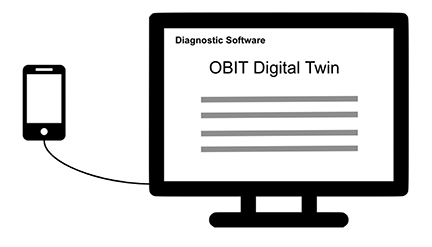
An OBIT is to an electronics device like a Carfax is to a car.
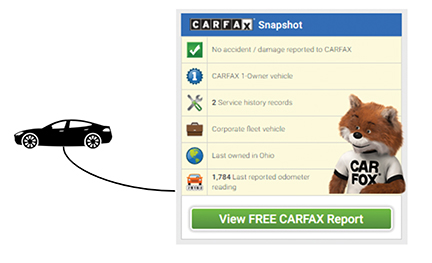
Step 2: Store your OBIT in a trusted, globally accessible service.
Let’s call this service… “the Blockchain”.

This service will be available soon, with the RLA’s help. We must require this service to:
- be private, so no one can snoop on you or your assets.
- be secure, so no one can mess with your data.
- hold trusted data, provable to the source.
- be trusted itself, with no ability to hijack your value, or to jack up your rates.
- ideally.. be automated with no one entity in charge. No single point of failure in trust.
Step 3: Affix a QR Code, based on the 12N data stored in your OBIT, to the device.
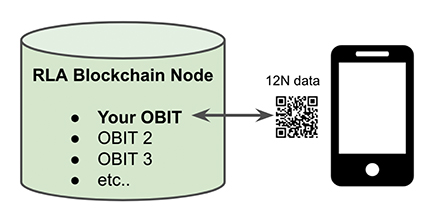
Step 4: Sell your device to someone else.
Who sells it to someone else, who sells it to someone else.
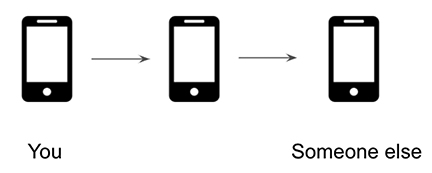
Step 5: When someone else scans the QR code.

The end-of-life story is revealed.
No big deal. We scanned some data.
Here’s where it gets interesting...
The printed OBIT is compared to the Blockchain OBIT.
Old data on the QR code is compared to current data on the blockchain.

Futhermore, each data element is rechecked, automatically, in real-time,
- against the original document to make sure it wasn’t tampered with.
- or against the original source, to look for updates.
So What Have We Done?
By connecting a 12N label to a blockchain, we’ve turned a stale printout into a live smart label, always current, provable in real-time.
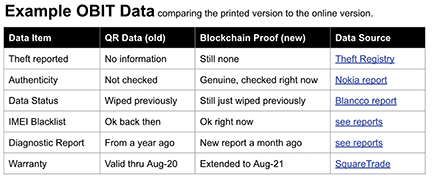
This is actually just the beginning. Because the live provable data can also represent some monetary value, like attaching a $5 bill to the QR code. And the data can be computer code, so the device can issue instructions to the next actor in the supply chain, like “send the $5 to Blancco for the wipe” or “turn on the shredder”, or “tell Dell and the EPA that this laptop was just recycled”. IN fact, one plus one actually equals about ten! But this story is for another day.
With this simple demonstration, hopefully we’ve demonstrated how one plus one equals three, at least.
 Rohi Sukhia
Rohi SukhiaRohi Sukhia is founder and CEO of the wholesale trading network Tradeloop and founder of the Open Blockchain for Asset Disposition (OBADA) alliance. Rohi previously spent seven years in engineering sales and marketing at Intel and holds a BS in Electrical Engineering from Cornell.